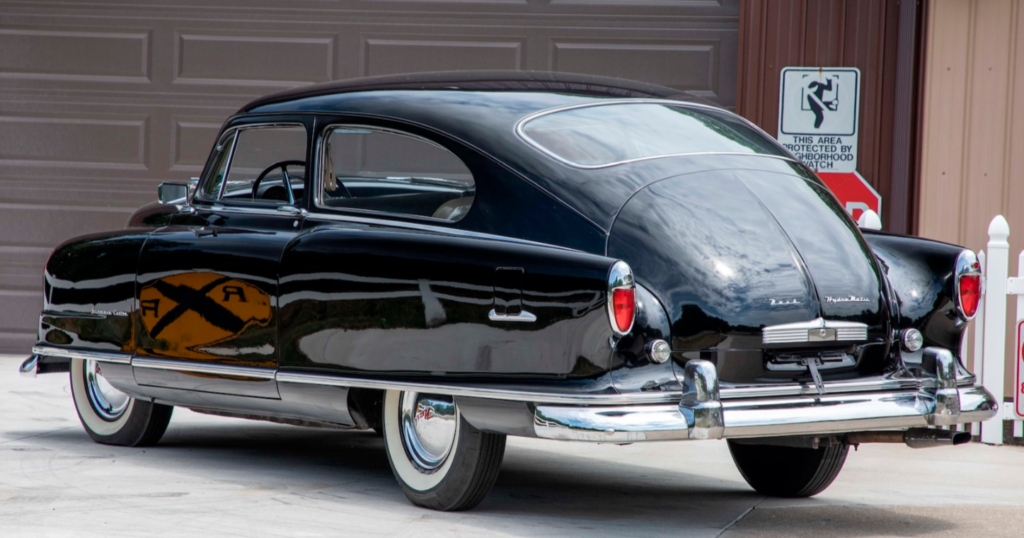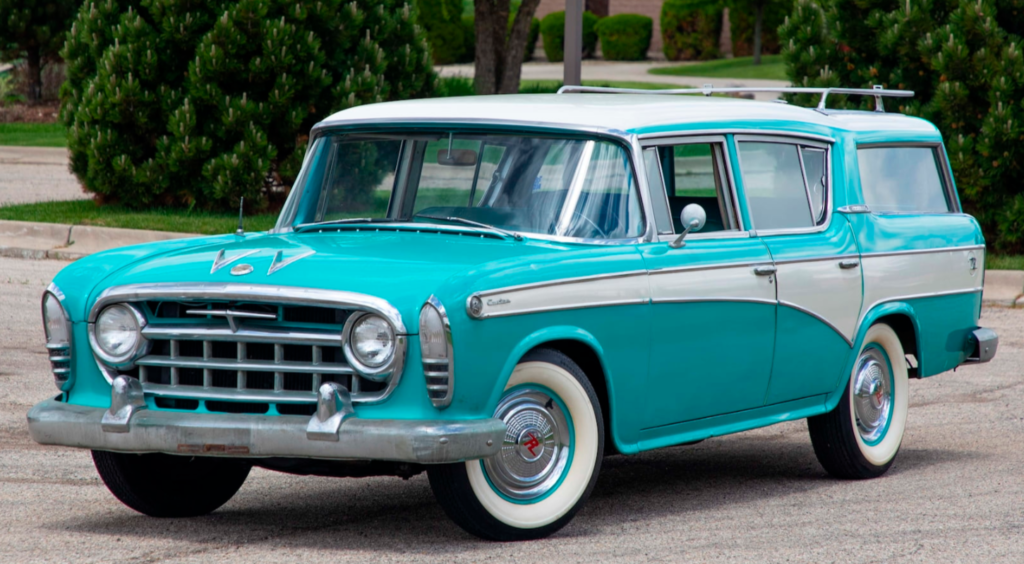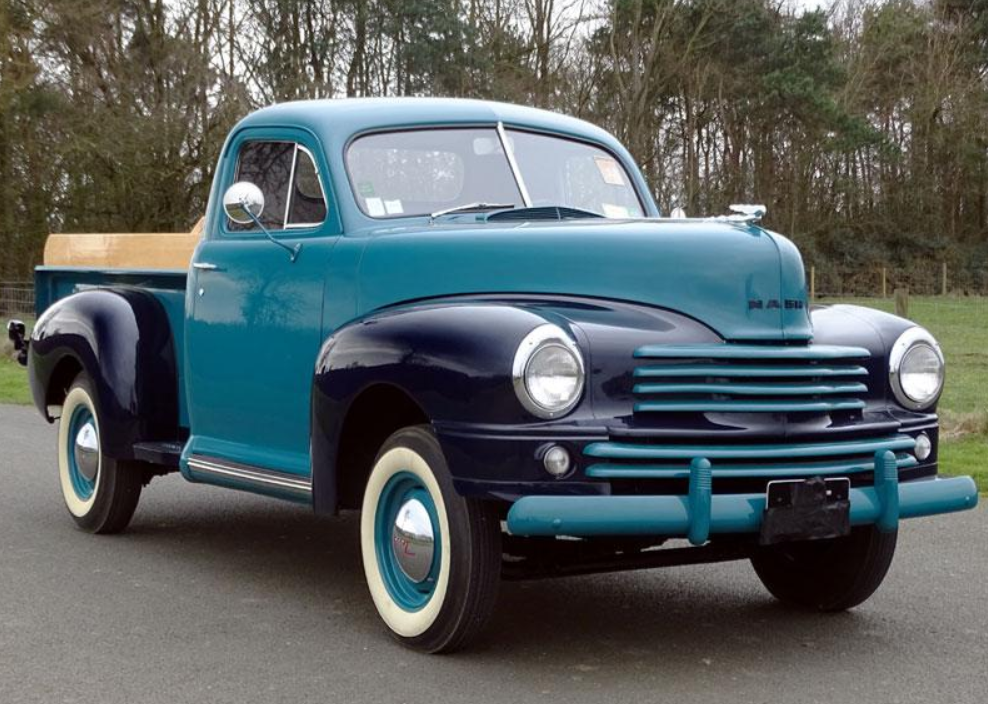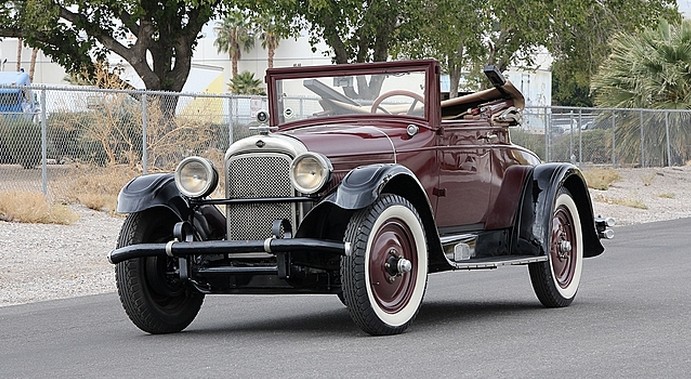1957 Nash Metropolitan
Offered by Mecum | Indianapolis, Indiana | May 14-22, 2021
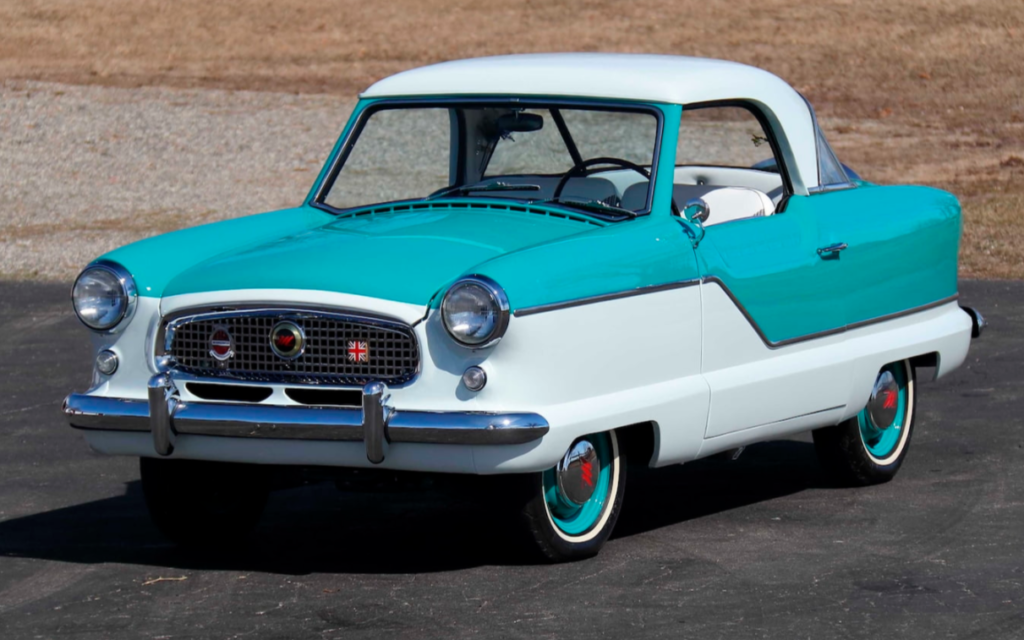
Here is a car I adore. Partly because it is adorable, but also because it is affordable. The car was designed by Nash in the U.S. with the aim of offering a less expensive and economical alternative to the big behemoths rolling out of Detroit. But the cars were actually produced in England by Austin.
Series I examples were introduced in 1953, and this Series III hardtop would’ve sold for $1,527 when new. Power is from a 1.5-liter inline-four that was factory rated at 52 horsepower. Metropolitans were sold as Austins in the U.K. and under the Nash brand in the U.S. through 1957. Hudson-branded models were also offered until Nash and Hudson were phased out in ’57. From 1958 through 1962, Metropolitan was a standalone marque.
This restored example is finished in teal and white (excellent) and features houndstooth upholstery. Affordable when new, they remain an inexpensive way to get into 1950s American (or British, depending on your perspective) cars. Click here for more info and here for more from this sale.
Update: Sold $17,600.


